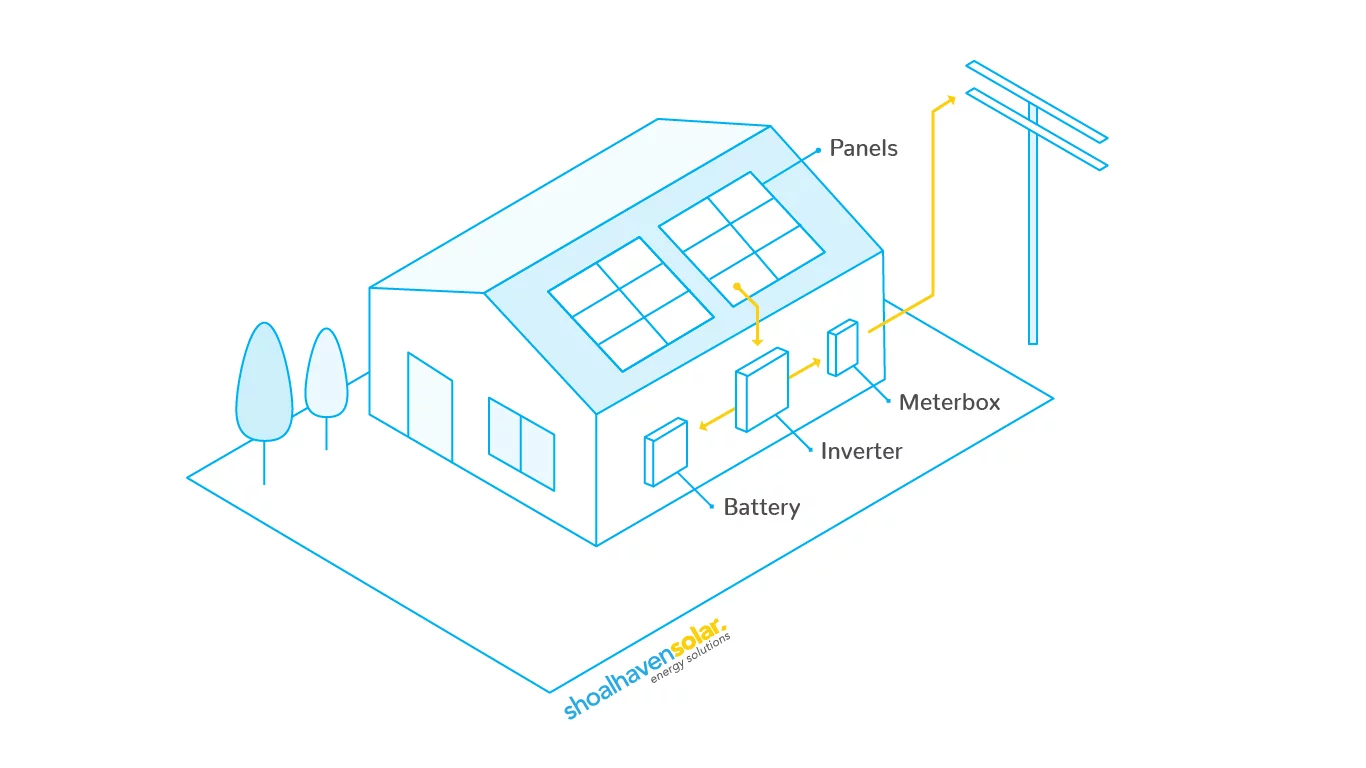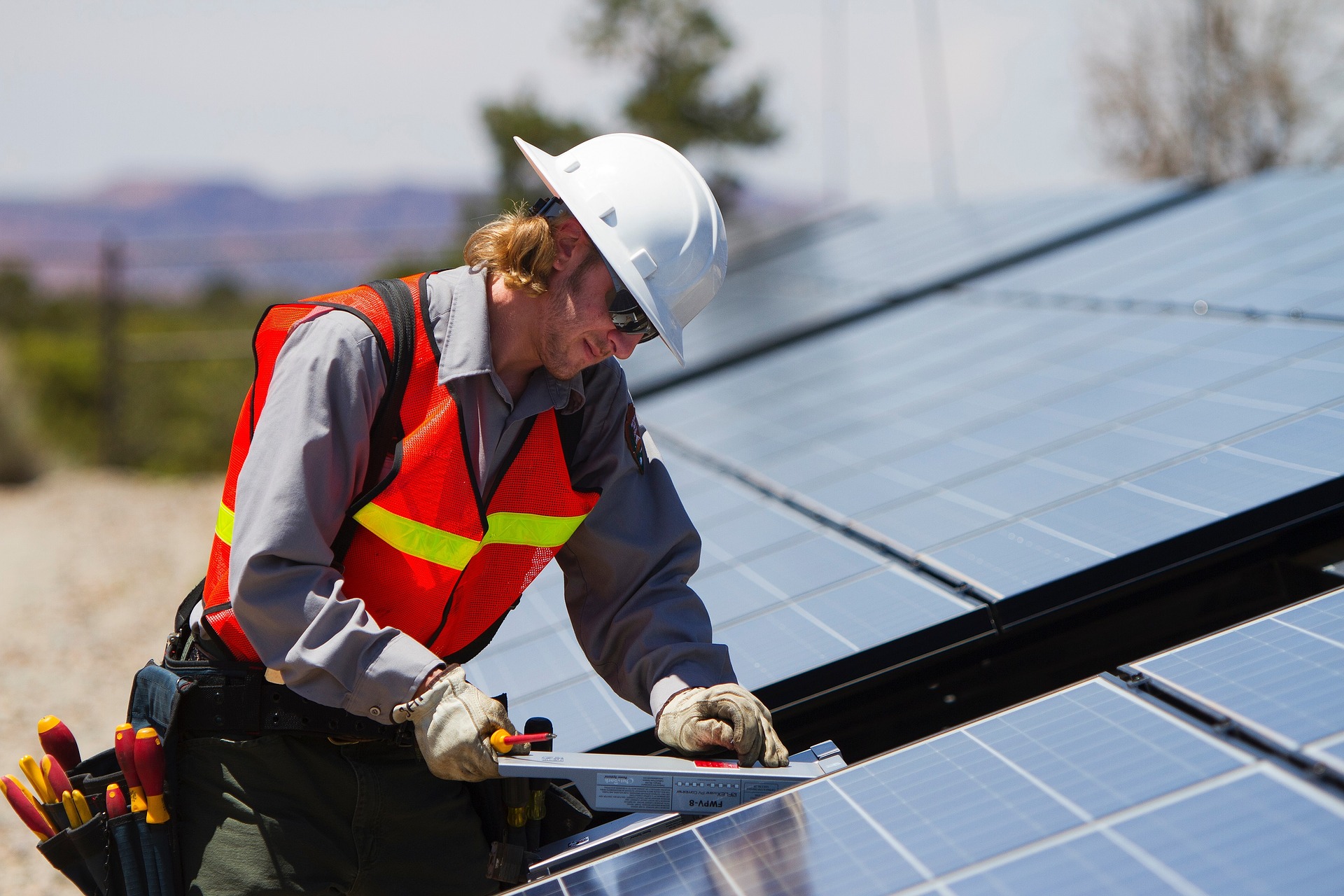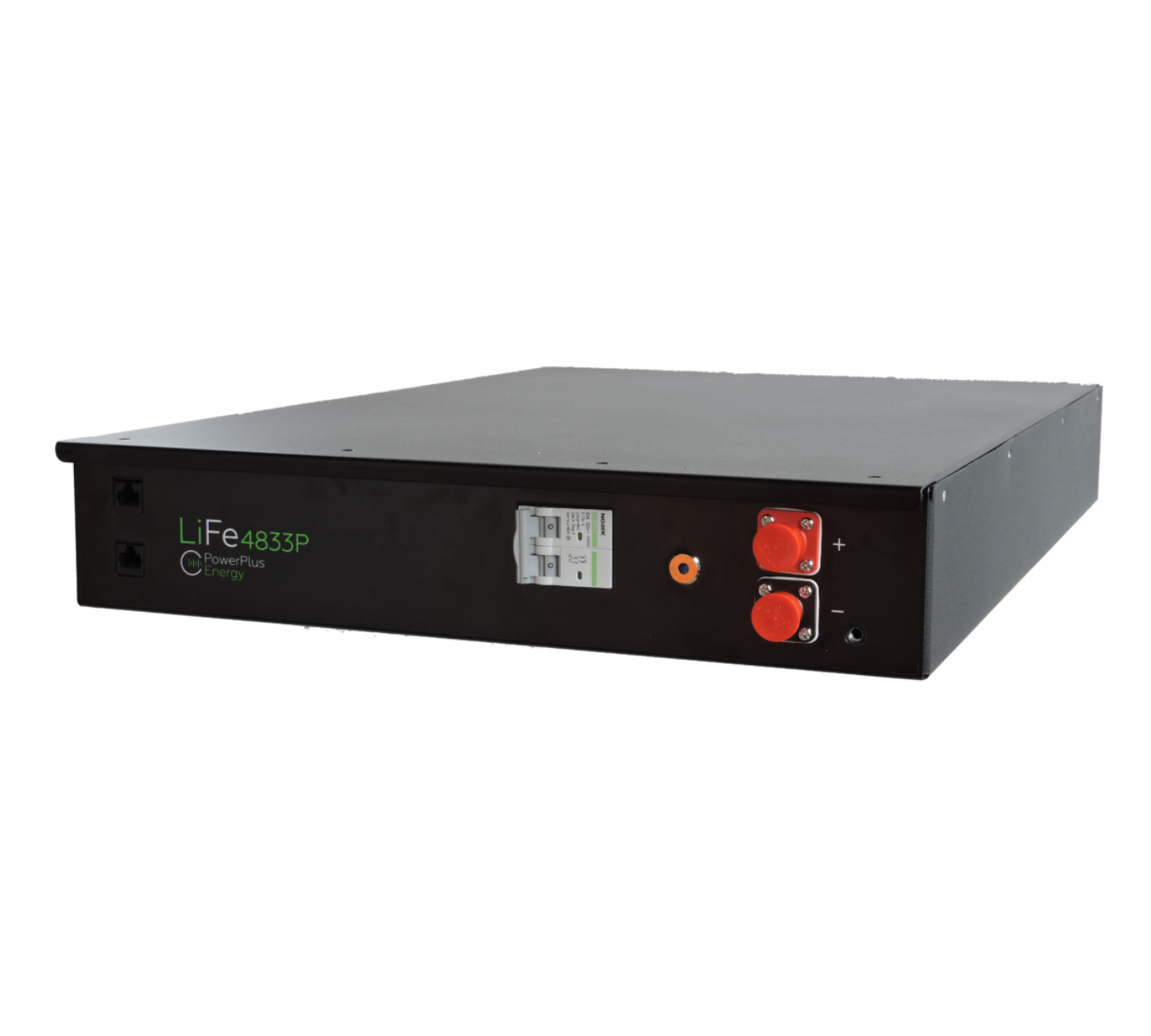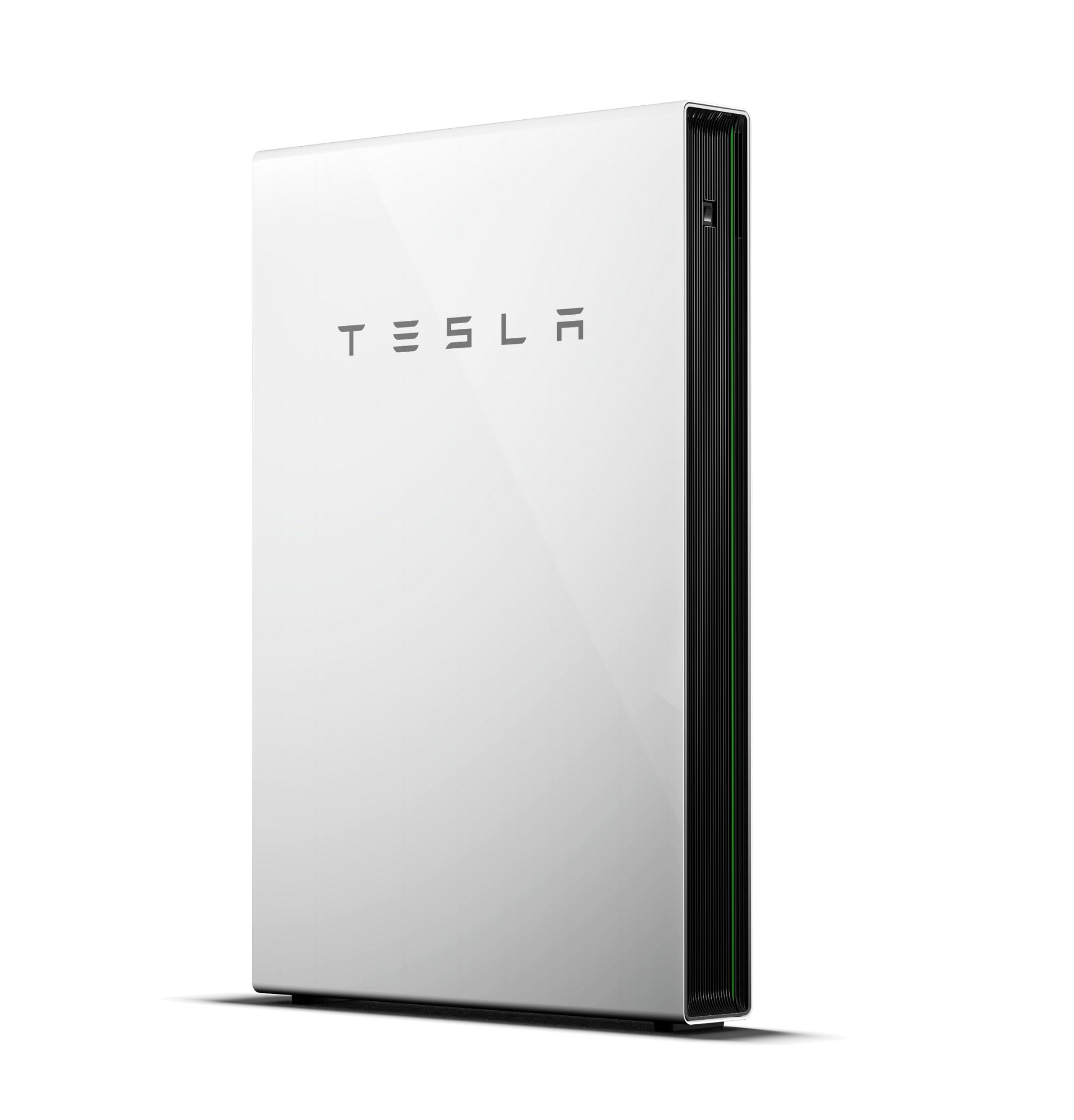- How solar battery storage works
- Introduction to solar battery storage
- Tesla Powerwall battery solutions
- What Do Solar Batteries Look Like – and Where Can I Install Them?
- What Size Solar System Should You Have When Adding a Battery
- What’s the Real ROI on Solar and Battery Systems in 2025?
- When are batteries worth it? Solar energy battery viability.
- Which Solar Battery Is Right for Your Home?
- Does Solar Increase Property Value in Shoalhaven? The Numbers Speak for Themselves
- Empowering Small Businesses with Solar: The Australian Small Business Energy Incentive
- How much will you save with solar?
- How the 2025 Australian Cheaper Home Batteries Program Works
- Solar finance options
- The 2024 NSW Government Home Solar Battery Rebate Scheme
- What government incentives and financing options are available for solar?
How solar battery storage works
Did you know that you can power your house using solar energy, even when the sun is not shining No, you will not pay to use electricity from the sun. Once a system is installed, you are good to go. You stand to gain several folds with the right energy storage.
Yes, you can use solar to operate all the electrical appliances in your house. You will not even notice the difference between solar and grid electricity. That is how efficient it is, despite being low cost.
All of that, and more, is possible because of solar battery storage.
How do solar batteries work?
Solar batteries work by storing excess energy from the sun to use later whenever the need arises. This energy is in the form of DC electricity. It is generated by solar panels and is part of a more extensive home energy system.
The stored energy is then used to power up the home long after sunset.

A solar power system comprises several components. Here are the most vital elements.
The solar panels (or solar photovoltaic cell panels) collect sunlight. These cells then convert it into electricity; (Direct Current).
A solar inverter converts the Direct Current to Alternate Current. This is so that it is compatible with home lighting, electronics, and electrical appliances.
A switch box receives, regulates, and redirects the AC electricity to where it is needed.
A regulator directs the DC to the battery. It also ensures that the battery does not overcharge.
A bi-directional utility meter is necessary if your home is connected to the grid. It records the electricity that you are taking from and sending back to the grid. The records are essential when claiming energy rebates.
A solar battery stores excess energy for use at night or when the sun is not shining.
NOTE: A home solar energy system can work without energy storage. If your home is connected to the grid, the excess energy can be sent back to the grid through the utility meter.
A solar battery allows you to store the excess electricity generated from sunlight, which allows you to use considerably less grid electricity. If you are looking to save a lot more on energy costs than you would be sending excess energy back to the grid, you need a battery.
How does solar work with a battery?
The vast majority of solar-powered systems are connected to the grid. Some of these systems don’t have home energy storage.
When solar energy storage is introduced into the system, it comes with a few changes. The exact changes are dependent on the energy system installed in the home.
Hybrid solar systems connected to the grid
If your home is connected to the grid, it means that your energy may come from solar power, the grid or both. A smart solar inverter is harmonious with the grid. It ensures that the home uses solar power before it taps into the grid’s power.
There are gloomy days when the home’s energy needs may surpass what the solar system can provide. On such occasions, the inverter draws all the solar power and supplements the demand with grid power.
There are days when solar power surpasses the home’s power needs. In that case, the excess solar energy is either stored in a solar battery or sent to the grid.
If you have a solar battery, and there’s still excess power once the battery is fully charged, the extra can be sent to the grid.
Grid electricity costs about 15 to 40c for every kWh while solar is free.
A typical household can save up to 70% of their energy bills when using solar. The amount of energy a home offsets is dependent on the energy needed and the electricity generated from the solar system.
Solar systems that are not connected to the grid
Off-grid solar systems rely on solar power alone. This option is gaining popularity with new constructions, especially in the rural areas, because grid connections can cost up to $50,000.
The upfront solar and battery system installation can be hefty, costing a minimum of $25,000. However, once the installation is done homeowners will not pay to use the sun’s energy for as long as the system is functional.

In this system, homeowners rely on solar batteries only to power up the home when the sun is not shining. Depending on the energy usage and the system installed, this could be enough for a typical household, especially on sunny days.
Which solar battery should I choose?
A suitable battery is dependent on a range of factors. The main elements are the energy needs of the home as well as the features of the battery. Here’s a quick brief at the standard terms used to describe the features of solar batteries:
Cycles (or life cycles)
Cycles refer to the number of times the battery can be discharged and recharged before it needs replacing. Some manufacturers use life cycles to track warranties. It’s always best to choose a battery with a high number of life cycles, as you will use it longer before it needs replacing.
Depth of discharge (DoD)
The term refers to the amount of energy that can be discharged before a recharge is necessary. Ideally, all batteries can be discharged to 100%. However, some manufacturers recommend 60% to 90% of total capacity to prolong lifespan. It is advisable to go with a higher DoD battery. Low DoD batteries accelerate degradation, hence shortening the lifespan.
It is advisable to go with a higher DoD battery. Low DoD batteries accelerate degradation, hence shortening the lifespan.
Lifespan of how long it will last
Lifespan shows you how long the battery will last. It can be estimated in terms of years or life cycles. Battery usage can affect lifespan. Do your best to follow the instructions given by the manufacturer for optimal results.
Energy storage/capacity
Usually indicated in kWh (kilowatt-hours), nominal energy storage offers the total amount of energy that a battery can store. Usable storage refers to the total amount of energy that can be used.
Suppose your home consumes a lot of electricity, and/or the gloomy days are more than the sunny days. In that case, you will need a high-capacity battery.
Power to determine discharge speed
Measured in kW (kilowatt), power shows the maximum electricity that can be discharged at any moment. This means that if a battery’s power is high, it will discharge faster.
Efficiency of the energy
A battery stores up energy for later use. Efficiency refers to the amount of energy that a battery can put out for use against what’s stored. While there is always some loss expected in the process, it is best to choose batteries with high efficiency.
Optimal operational temperature
Batteries are very sensitive to temperature changes. Some batteries work in all climatic conditions while others cannot work when it is too cold or hot. This information is always indicated in the product description of the battery.
Always consider the climatic condition of your environment when purchasing to avoid battery malfunction. The type of battery you settle for will depend on your home energy needs, the climatic conditions of where you live, and your budget.
If you do not know how to assess your needs and choose the best option, you can always consult solar experts. In addition to their assessment, they’ll help with the installation for optimal electricity generation.
Types of batteries
There are three main types of solar batteries available in the market today. Additionally, new technologies are emerging in this field. These new tech batteries may not be available everywhere.
The following table describes the most common battery types that you are likely to get in stores across the country:
| Lithium-Ion Battery | Lead-Acid Battery | Flow Solar Battery |
Cycles | 6,000 to 10,000 | 1,000 to 3,000 | 10,000 to 20,000 |
Discharge | Up to 90% | Up to 60% | Up to 100% |
Lifespan | 13 to 18 years | 3 to 12 years | 20 to 30 years |
Recyclable | No | Yes | Yes |
The PowerPlus Energy LiFe Premium Battery

This Australian-made battery is a lithium ferro phosphate battery. With increased storage efficiency and exceptional durability, it’s a product you can rely on. Find out more.
Tesla Powerwall

The Tesla Powerwall is a leading rechargeable lithium-ion battery. It offers 14 kWh of energy storage. With the powerwall, your home will be powered around the clock, including during the night and during power outages. Find out more.
Frequently asked questions
How much will solar battery storage cost?
It will depend on your energy needs. Learn more.
Do I need to go off-grid if I have solar installed?
No. You can have your solar installed, have a battery and still be on the grid. Being on the grid helps when there isn’t enough sunlight to power up your home. Additionally, it saves you energy costs on sunny days.
Is home solar energy storage for me?
Yes, if you are looking to save up on energy costs. You will need a solar PV system that can power up your home and have excess electricity for storage. When the solar panels are small without much excess available for energy storage systems, it will not make economic sense.
How long does a solar battery last?
It depends on the type of battery. Manufacturers always indicate the battery lifespan on the product description.
Suggested Articles
- Introduction to solar battery storage
- Tesla Powerwall battery solutions
- What Do Solar Batteries Look Like – and Where Can I Install Them?
- What Size Solar System Should You Have When Adding a Battery
- What’s the Real ROI on Solar and Battery Systems in 2025?
- When are batteries worth it? Solar energy battery viability.
- Which Solar Battery Is Right for Your Home?